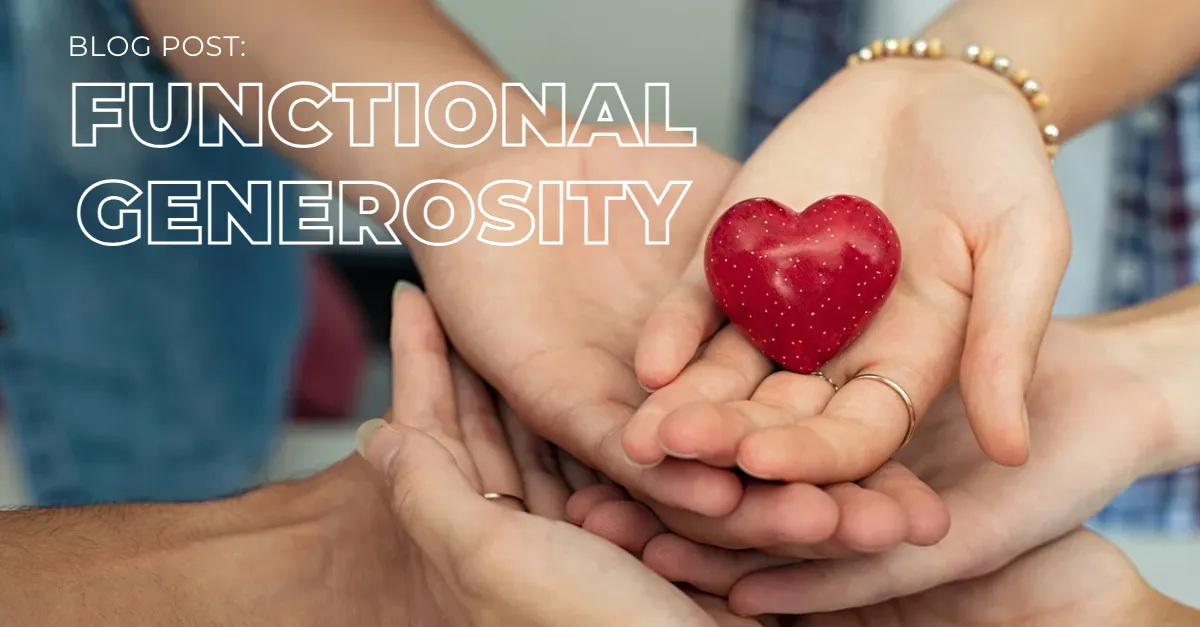 November is the month when Americans celebrate Thanksgiving. Historically, Americans celebrated the Fall harvest by “giving thanks” for the blessings. Whether the harvests were bountiful or scarce, the holiday was a time for people to practice gratitude. Today, very few of us are farmers. Society is much less agrarian, but the holiday remains intact and continues to be a time when we celebrate and give thanks for what we have. During this month, we’re going to focus on gratitude from both a financial and non-financial perspective.
November is the month when Americans celebrate Thanksgiving. Historically, Americans celebrated the Fall harvest by “giving thanks” for the blessings. Whether the harvests were bountiful or scarce, the holiday was a time for people to practice gratitude. Today, very few of us are farmers. Society is much less agrarian, but the holiday remains intact and continues to be a time when we celebrate and give thanks for what we have. During this month, we’re going to focus on gratitude from both a financial and non-financial perspective.
When we think of “charities,” most immediately think of dog shelters, a school, or maybe religious organizations. When we imagine “giving,” we almost always think of financial giving. However, we want to start this month by remembering that we can be generous in many ways, including creating habits that are non-financial. For instance, we can be generous with our words. We can purposefully say something kind to another person every day in November. We could be generous with our time. We also want to be generous with our money. For most people, starting a simple budget is the first step toward generosity. For many people, the 50/30/20 rule is an appropriate spending guideline. This guide would suggest that 50% of your monthly budget should be spent on essential items such as groceries, housing, or transportation. The next 30% of your budget represents money spent on your “wants.” For instance, whereas utilities are part of your essential budget, streaming services might be part of your “wants” budget.
Another example might be eating out, which is part of your “want” budget, while groceries are a part of the essential budget. The final 20% can represent savings and some forms of debt repayment. This simple rule of thumb may not be appropriate for everyone. Many spreadsheets, apps, and tools can help you define a budget.
Establishing a budget may be the first step in being more generous. The next step might be figuring out if you are saving most efficiently. Start by funding an emergency fund. This fund would hold several months of essential living expenses. It may also cover unexpected emergencies or repairs. Once you have established this fund, make sure you contribute to your 401k and take full advantage of any employer match. It would be best if you also took advantage of Health Savings Accounts that are eligible for employer matching. Next, eliminate any debt that has high-interest rates. Once these debts are paid off, you want to circle back and maximize your contributions to employer-sponsored HSA plans and 401ks. Finally, pay down lower-interest loans, start an IRA and open a brokerage account. There are many caveats, and indeed, this advice is not comprehensive.
This planning gets you to a place where you can breathe easy knowing that you have planned for both current realities and also you have a plan for your future self. At this point, you can begin to define your generosity goals. You might start by asking what you want to accomplish or convey through your giving. How will the world look different when the dollars you give are spent? Will libraries have additional books, will there be scholarships at your alma mater, or maybe a new initiative at your local house of worship? Your generosity will hopefully change the future in some way. What do you want that future to look like?
Next, think about how you want to give and what that timeline might look like. Do you want to give now? If so, then make sure that you are doing so in a tax-efficient manner. Giving cash may be an option, but you may increase your giving by providing stock or real estate. Giving in this manner may also have built-in tax advantages. Some people want to ensure that their estate is used for charitable purposes. This may be accomplished through estate planning or life insurance proceeds. Charitable gift annuities may allow you to give a charitable gift and receive ongoing income payments for a term or your entire life. Many options exist to allow you to time your gifts to match your lifestyle needs as you age.
This month, as we focus on being grateful, we encourage you to think about being intentionally generous with all your resources. Using your resources for the benefit of others may allow you to experience even greater joy than you could imagine.

Author: Michael French, Senior Vice President of Investments